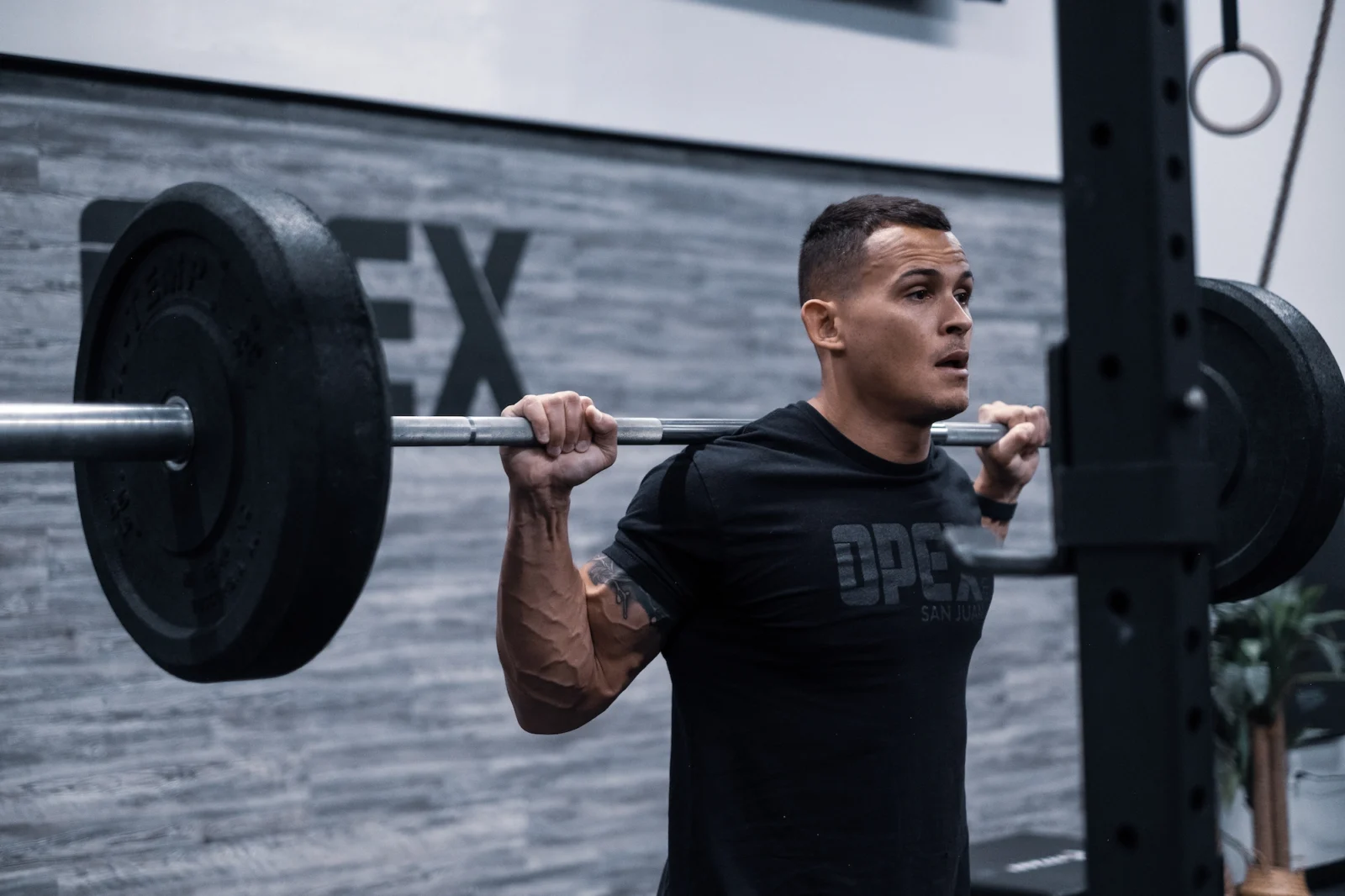Coaches Corner With Carl Hardwick: Resistance Training To Maintain Strength & Longevity

We lose 30% of our muscle mass by age 80. To offset that, incorporate this simple approach to resistance training in every program you design
As the natural progression of aging sets in, our muscle mass and physical activity levels begin to decline. By the time we reach 80, we are left with about 30% less muscle than at our peak, and we lose muscle strength two to three times more quickly than muscle mass. Maintaining our physical strength becomes crucial, and that’s where resistance training comes into play.
In this article, we’ll explore the first of three characteristics that every training program should include: resistance training. We will discuss its importance and how to implement it effectively in a training program.
The Need for Resistance Training
Resistance training is essential to counter the decline of muscle mass as we age. Incorporating resistance training in our routines is not just about looking good or performing better in sport. It’s also about maintaining a higher quality of life and independence as we age.
While it is challenging to build muscle mass later in life, consistent resistance training helps maintain the muscle we already have and can even result in gradual muscle growth. This is especially crucial since muscle loss with aging can result in weakness and loss of balance and coordination, which increases the risk of falls and fractures.
There are further benefits to bone health. Resistance training promotes increased bone mineral density, which aids in preventing osteoporosis. As we age, I’d recommend checking your bone mineral density every few years to monitor your bone health. Dietary considerations also play an essential role here, such as eating a high-protein diet and ensuring enough calories are consumed.

Resistance training offers a range of physical benefits, such as improved movement efficiency, functional independence and hormonal advantages. Yet its psychological benefits are often overlooked. Overcoming challenges through resistance training fosters confidence, triggers dopamine release and provides a sense of accomplishment. It is crucial, however, to strike a balance between the three types of training characteristics and be mindful of diminishing returns.
Designing a Resistance Training Program
Before we design any resistance training program, it is essential to understand one’s capabilities. At OPEX, we use a simple movement screen called OPEX Move to define our client’s capabilities in each foundational pattern of movement, including Squat, Bend, Lunge, Push, Pull and Core. The designed program should align with the client’s movement capabilities to be effective and safe.
In the context of resistance training, we think about a strength continuum, considering how fast we move, commonly measured in millimeters or meters per second. This continuum ranges from absolute strength (slow, controlled, heaviest patterns), through strength speed (faster, slightly lighter dynamics), to speed strength (faster, lighter), and finally, absolute speed (fastest). Absolute strength is where everyone starts and where most of the population remains. It’s vital to first get strong in a controlled environment before adding chaos or speed. In this article, we’ll focus on absolute strength movements only.
Sets, Reps & Rest
In designing a resistance training routine, there are no one-size-fits-all solutions. However, there are best practices for sets and reps that have proven effective over decades of training. These practices differ based on your goals, tempo and training age. The goal is to strike the right balance of volume and intensity that allows for maximum gains without overtraining or injury.
Typically, for motor learning and muscle growth, it is recommended to perform 6-12 reps in 3-6 sets. If the goal is endurance, then performing 10-20+ reps in 3-5 sets is advisable. For maximal strength, 1-6 reps in 4-6 sets is considered most effective.
Rest should be individualized based on intensity, volume, fitness levels and goals. An individual should reach a level of self-regulation based on the intention of the exercise and non-predictable factors. As a guideline, for learning and expressing, rest intervals of 3-5 minutes are recommended. For growth and endurance, the rest intervals are generally shorter, ranging from 60 seconds to 3 minutes.
The Importance of Eccentric Strength & Tempo
Eccentric strength, the ability of our muscles to resist force while they lengthen, plays a critical role in resistance training. Proper eccentric loading takes pressure off our tendons, ligaments and joints and can lead to improvements in overall strength, flexibility and mobility.
In resistance training, the tempo, or speed of movement, matters. Tempo includes various phases of movement – concentric (muscle shortens), eccentric (muscle lengthens) and isometric (muscle does not change length). The intention of the exercise dictates the speed. For example, slow eccentrics are used for motor learning, joint strength and stability, and muscle activation, while slow concentrics help in maintaining positions and increasing muscle endurance.
Resistance training, when properly incorporated into your training program, can significantly contribute to maintaining physical strength and health as you age. Remember, it’s never too late to start resistance training. The key is to find a routine that fits your abilities and goals and to stick with it.
I recommend 3 resistance training sessions that include both upper and lower body exercises, full body resistance, per week. Keep the exercise selection within capabilities and challenge yourself through intense and high-volume contractions. In terms of progression, we could go down a bunch of rabbit holes here, but in short, for most people simply getting into the gym and lifting weights three times per week following the above advice is good enough!
In the upcoming parts of this series, we’ll delve deeper into the remaining components of an effective training program: Easy Aerobic Work and Tough Aerobic Work.
See Carl’s previous column here
Carl Hardwick, CEO of OPEX Fitness & CoachRx is a strong advocate for bringing honor to the coaching profession and raising the value of all fitness coaches. He lectures frequently about program design, business systems, and building a sustainable coaching career. Follow him on Instagram @hardwickcarl and OPEX Fitness on YouTube



